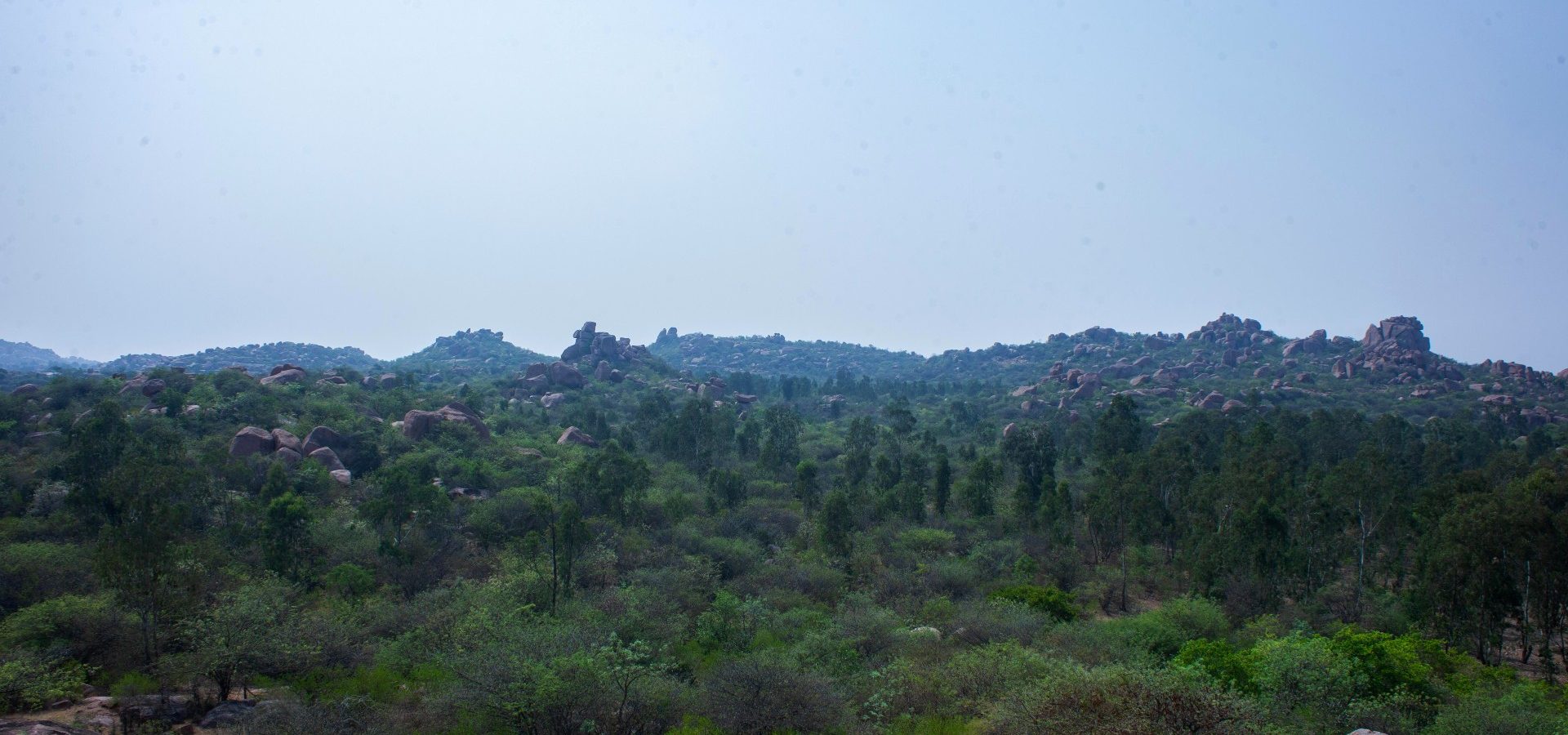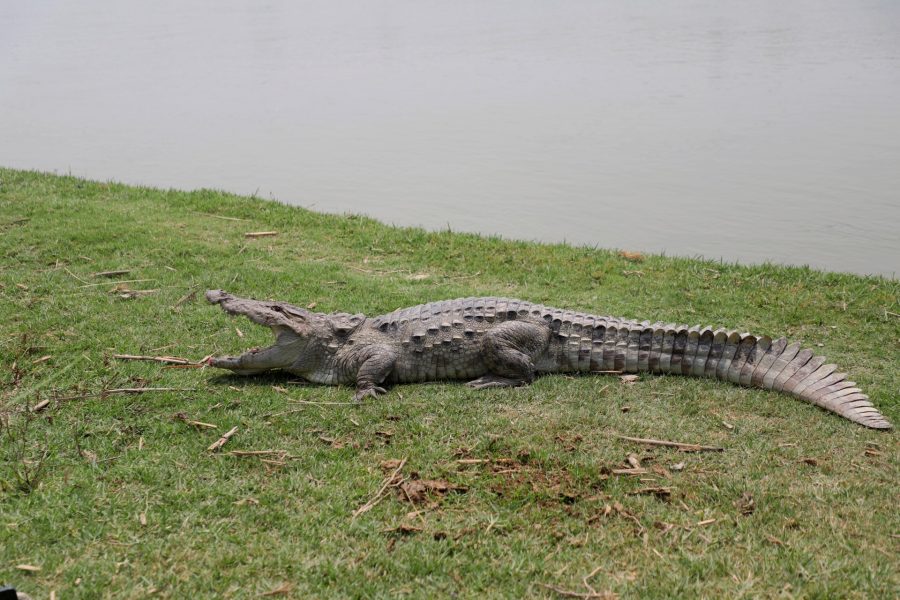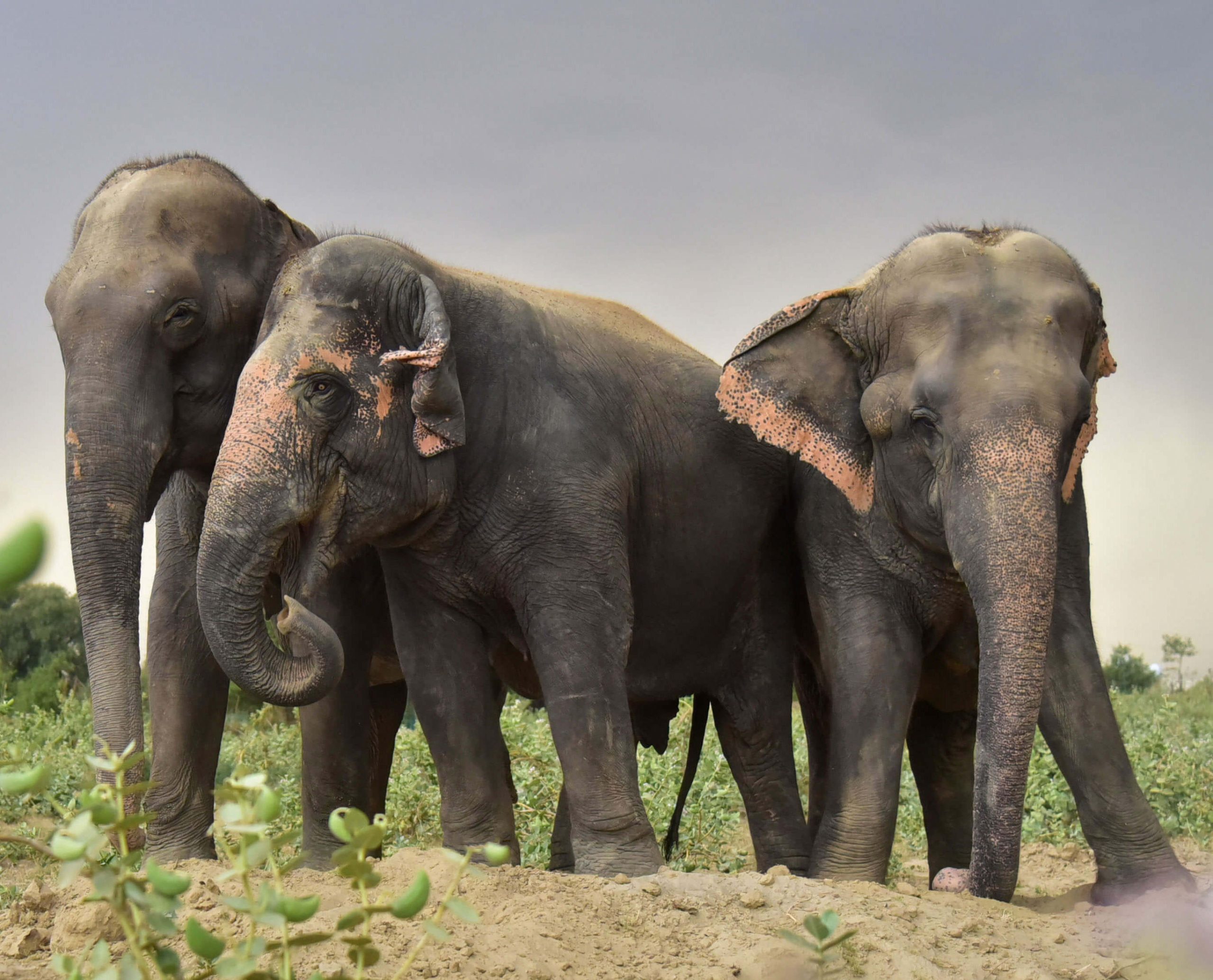Everything in the world is constantly changing – from ecosystems and biodiversity to technology and economy. Some changes are intentional, while others are involuntary. Biodiversity, consisting of plants and animals, is also experiencing frequent changes due to breeding, movement, and other natural phenomena. Flora and fauna species that move through geographical barriers to their new ecology are compelled to adapt. However, what happens when a newcomer poses massive challenges in its new environment?
Animals and plants that are not native to a certain area, but are introduced accidentally or on purpose, are termed invasive alien species. Such species can have numerous negative impacts on natural biodiversity, as well as humans. They alter the ecological and economical balance of the region.
The Curious Case Of Invasive Species
During the last two centuries, invasive species have grown remarkably in numbers, with over 33 percent of all introductions between the period of 1970 and 2014. Scientists have also suggested a rise in the invasions across all habitats. Globally, 3.9 percent of the vascular plant species have been introduced, established and naturalised outside their native ranges due to anthropogenic factors.
The extent of the impact of invasive species is much greater than what we can imagine; they pose the second biggest threat to biodiversity (right after habitat loss!). Invasive species hitch rides into new territories through cargo ships, aircrafts, goods, and even people’s clothes! With the ability to adapt easily in their new environment, they are quick to establish themselves and begin proliferating.
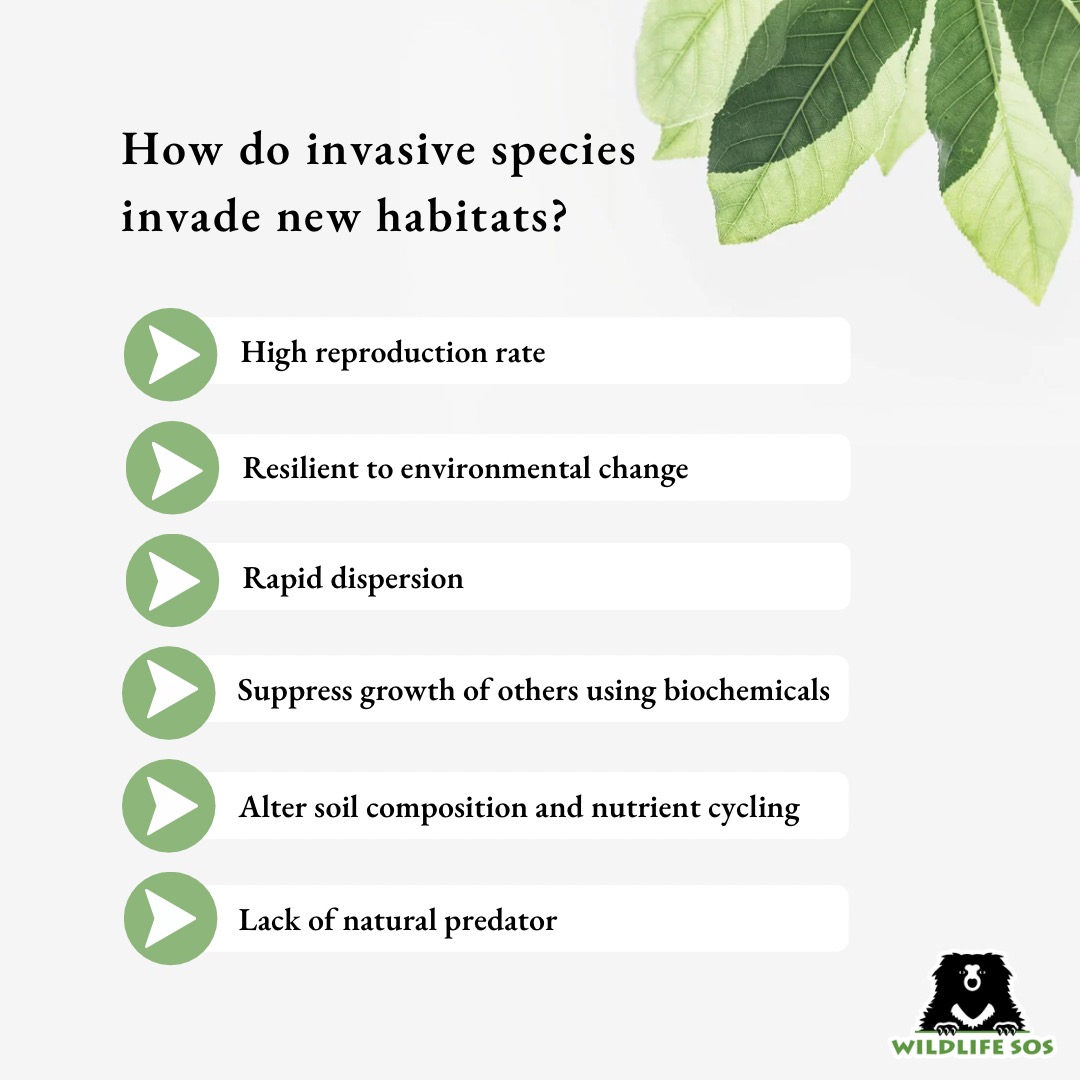
Let’s look at 5 invasive species, commonly found in India!
The “Mile-a-minute” Weed
Native to: Central and South America
Introduced to: Numerous parts of Asia, Indonesia, and the Pacific Islands
Dispersal: Mikania micrantha is believed to be dried, and used to cushion goods while shipping them overseas. Research indicates that the weed made its entry into India after World War II to camouflage airfields, and since then, has adversely affected tea plantations and forests across Assam and Kerala.
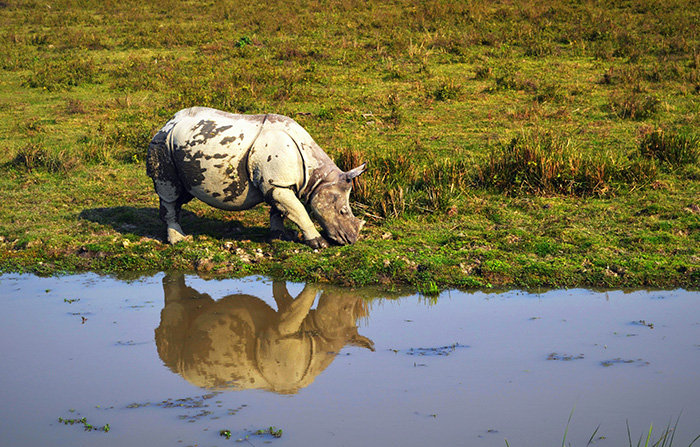
Threats: This invasive weed is a tropical, herbaceous vine. Due to the ability to grow rapidly, the plant has earned the nickname of “mile-a-minute” weed. In Southeast Asian countries including India, Sri Lanka, and Malaysia, it is a major weed in tea plantations. It is a threat to young plants as it competes for soil nutrients and water, and its dense growth intercepts light.
Red-eared Slider
Native to: Mississippi River and the Gulf of Mexico
Introduced to: Various other parts of the world, including India
Dispersal: This freshwater turtle has grown in number across the globe since the 1970s when exports from the US began as pet trade, a study reveals. It was introduced in India through a network of wildlife trafficking and sold in pet shops.
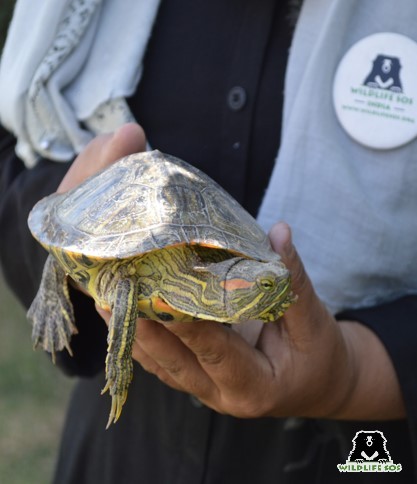
Threats: Due to the turtle’s attractive colouration and small size when it is young, it is a preferred household pet. However, as the turtle grows bigger in size, pet owners release it into nearby ponds. The study further states that in new habitats, the turtle competes for food and spaces to reproduce and bask. With its ability to mature at an early age and reproduce rapidly, the red-eared slider aggressively takes over its new habitat, harming the native biodiversity. It may also transmit parasites to native aquatic species.
Lantana camara
Native to: Tropical America
Introduced to: India, Australia, and South Africa
Dispersal: The shrub was introduced in India in the early 1800s as an ornamental plant. Over the years, this invader species has produced numerous hybrids and has spread across the country.
Threats: Listed as one of the world’s top 10 invasive species, Lantana has now taken over crucial wild habitats in India. The plant releases toxins through its roots to kill other plants in its surroundings. The variety of colourful petals and fruits are an excellent means to attract more pollinators like butterflies, birds, monkeys, and even bears! Unfortunately, efforts of uprooting and removing Lantana efficiently have proved unsuccessful thus far. A recent report says that eliminating Lantana will involve quick replacement of it with palatable grass and this would be a long and dedicated effort.
Water Hyacinth
Native to: Amazon basin, South America
Introduced to: Over 50 countries worldwide, including India
Dispersal: Eichhornia crassipes was introduced as an ornamental plant for gardens, aquariums, and freshwater bodies. This free-floating aquatic plant was gifted to India by the Britishers during the colonization period towards the end of the 18th century.
Threats: With its gradual takeover, water hyacinth has impacted natural wetlands and endangered the inhabiting biodiversity. The weed impedes the flow of water and allows mosquitoes to breed rampantly on its dense mat. It forms a microhabitat for not only pests but also disease-carrying vectors. The plant is known to inhibit light and oxygen for aquatic animals.
Mesquite
Native to: Central and South America and Caribbean islands
Introduced to: Africa, Middle East, and the Indian Subcontinent
Dispersal: Prosopis juliflora was introduced in India way back in 1877. It is supposed to be drought tolerant and an efficient source of fuelwood, thus becoming a source of livelihood for locals.
Threats: The thorny tree has gradually dominated India’s arid and semi-arid regions. It is a threat to agricultural fields because it competes with native species for groundwater and nutrients. Prosopis trees release biochemicals which inhibit germination of seeds of nearby flora, thus suppressing the growth of local plants.
A Global Menace
Conservationists and researchers have come to realize the ill-effects of invasive species over a period of time, after their monstrous takeover. It has been noted that they pose several threats to biodiversity and economic activities such as agriculture, tourism, and overall development. Invasion of alien species can even lead to human-wildlife conflict and diseases amongst animals and plants. They transform not only landscapes, but livelihoods as well. Such species have proliferated so well that they can now be found on every continent, even in the remote regions of Antarctica!
A list compiled by Centre for Biodiversity Policy and Law in 2019 states that a total of 169 invasive species have steadily established themselves in the Indian habitat. India stands second only after the US to bear the largest cost of species invasion in the world ($127.3 billion in the last 6 decades).
Wildlife SOS undertakes several efforts to restore natural habitats and conducts wildlife awareness programs amongst communities. You can contribute to support Wildlife SOS’ work by clicking HERE!

